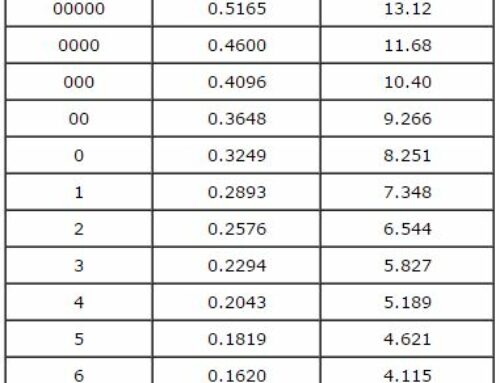The shape of a diamond is important, but even more critical is the way the facets are arranged on the stone and the angles and proportions they create.
A diamond owes its beauty to the way it handles light. A well-cut diamond is the most brilliant and sparkling of all gemstones. A poorly cut gemstone, no matter how high it’s other quality factors, will seem lifeless and unappealing to the eye. That’s just another reason to spend some time looking at diamonds before you decide to make a purchase.
A traditional round brilliant cut diamond has 57 or 58 facets, flat polished surfaces. Sometimes the diamond cutter won’t cut a tiny flat facet on the point of the stone. If this is the case, you’ll have a diamond with 57 facets. With the tiny facet (called a culet) you get 58 facets. Don’t worry if your diamond doesn’t have a culet. It doesn’t make a difference when it comes to the value or looks of your stone.
Each facet on a diamond has a special name. The big facet on the crown is called the table. Surrounding the table are eight star facets. The kite-shaped facets are called bezels. Just above the girdle are sixteen upper girdle facets. On the pavilion are sixteen lower girdle facets and eight pavilion mains. You may or may not have a cule at the point.
There are certain angles, percentages and proportions that must be considered and evaluated to determine the quality of a diamond’s cut. The most important factors experts look at are table size, crown angle (measured in degrees), girdle thickness, pavilion depth (as a percentage of the total depth) and total depth.






Leave A Comment